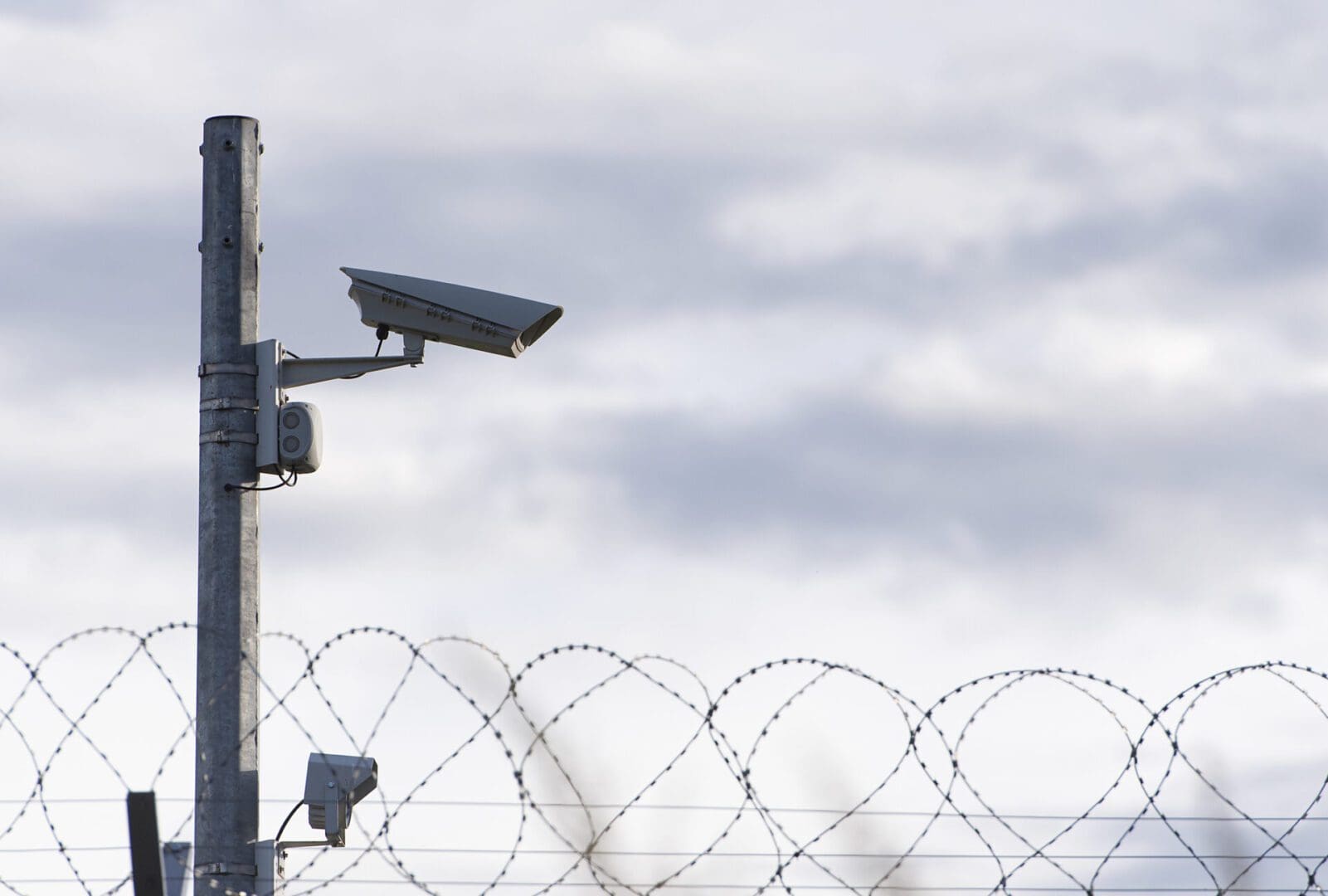Digital technology interventions are increasingly shaping and delivering the migration management and asylum policies of states.
While Amnesty International and other civil society organizations have long documented grave human rights violations by governments in deterring, preventing, pushing back and punishing people on the move, including refugees and asylum seekers, more recently these policies and practices have become overlaid with rapidly expanding digital technology capabilities developed by private tech companies.
The proliferation of digital technologies and so-called “smart border” technology has created new forms of private-public partnerships, and with them a gamut of human rights threats. From electronic monitoring, satellites, and drones to facial recognition, “lie detectors” and iris scanning, there is a growing and urgent need to investigate and understand these technologies and their impact.
This primer is an introduction to the pervasive and rapid deployment of digital technologies in asylum and migration management systems that create and sustain systemic discrimination. It presents a high-level snapshot of some of the key digital technology developments in asylum and migration management systems, in particular systems that process large quantities of data, and highlights some of Amnesty International’s key human rights concerns. This primer is not intended to be an exhaustive mapping of all digital developments to date in this field but rather a starting point for those considering how to defend the rights of refugees and migrants in the digital age.

